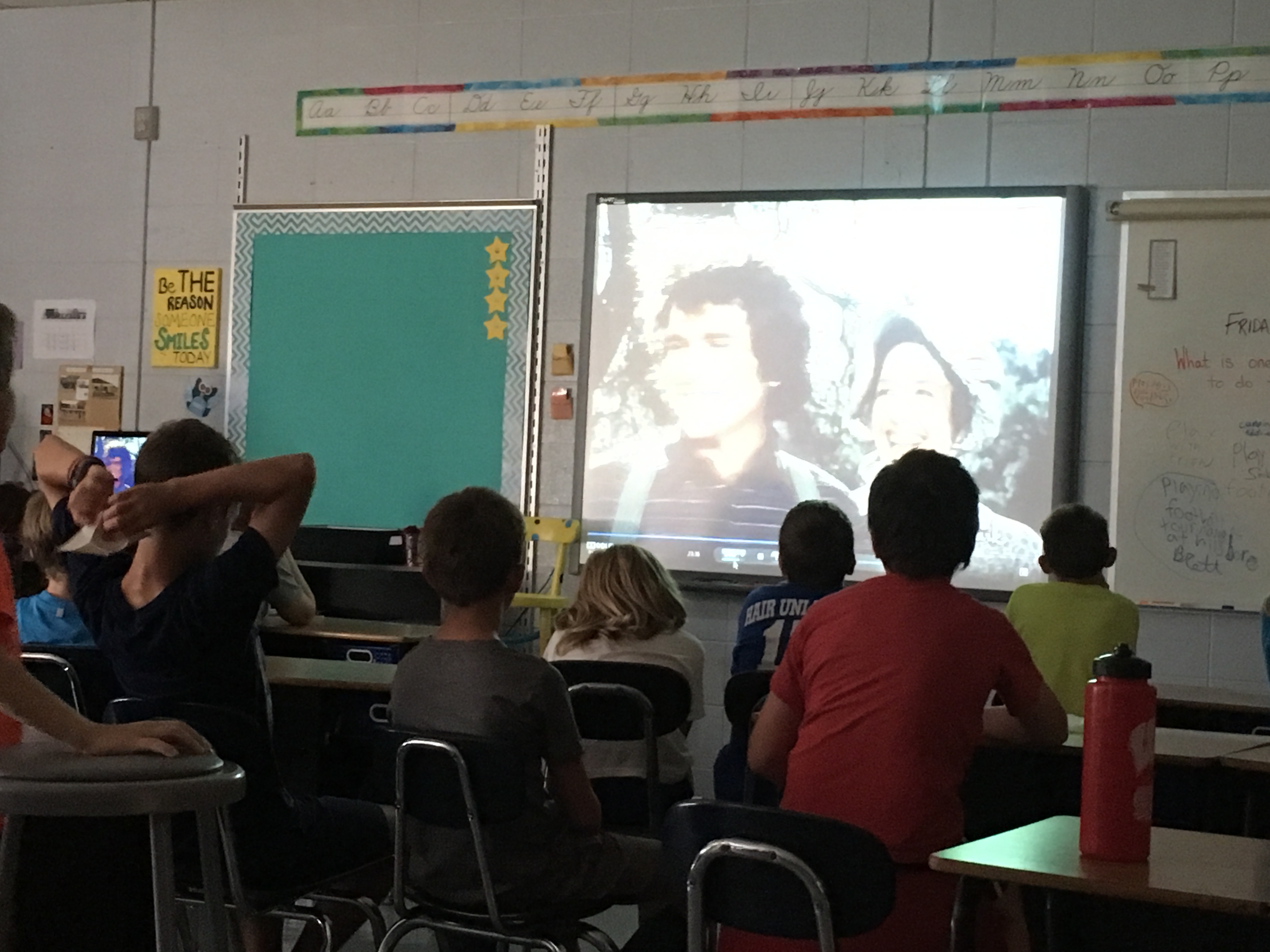I wrote this post for my school blog yesterday and thought it might work here too.
Have a nice weekend! -Matt
In an article for The Atlantic, professor of psychology Jean Twenge offers some stark information about the effects of smartphones on our youngest generation. Referring to this group as “iGen”, these teens and preteens have lived their lives largely with the inclusion of mobile devices available everywhere. Here are a few statistics Dr. Twenge shares from her generational study:
- Since the release of the iPhone (2010), rates of teen depression and suicide have skyrocketed.
- Young people with smartphones hang out less with peers, instead choosing to message each other via social media and texting.
- Young people are more likely to feel lonely and left out, possibly due to seeing peers posting images and video of themselves having fun online.
- They are getting less sleep, and less good sleep, especially if their phones are in the bedrooms. This is likely caused by the constant buzzing and pinging from incoming messages from peers.
The writer concludes that, in general, the more time a child spends on a screen, the more likely they are to experience these negative side effects. As a father of two children on the cusp of adolescence, I read this information with worry. I don’t want my kids nor yours spending the majority of their time on a screen. But I also take a critical stance with a single study.
Specifically, I wonder: Is all screen time created equal?
Our house has a cornucopia of devices. My experience is likely similar to yours. For our kids to have this much access to technology could be a cause for concern. That is why we have done our best (and by best, I mean far from perfect) to a) monitor our children’s time on screens, and 2) monitor what our kids are doing on these screens.
For example, we provide a time limit for how much screen time they have at home. They get a little bit more during the weekend. This does not account for school screen time, which we expect to be more educationally-focused, such as watching a movie based on a read-aloud book on a warm Friday afternoon.

Also, my wife and I know what our kids are watching. We might even view the show or play the app with them to ensure it’s appropriate. Additionally, we have resisted (so far…) any requests from our kids for a smartphone. When they do get to an age where a mobile connection makes sense, we may be opting for texting as the only function available beyond making phone calls. We’ll see. As well, we have guided our kids to be creative with the technology available instead of always consuming, such as watching endless YouTube videos. Minecraft is one application that our kids enjoy, building new worlds and working together in collaborative online spaces.
I hope this post doesn’t come across as a “do as we do” statement. We don’t always make the best decisions. When errors are made, we see it as an opportunity to have a conversation as a family about the issue of ubiquitous technology. It’s an opportunity for learning instead of a negative event. If you find the information from the linked article helpful and you have adolescents in your home, I encourage to share this information with them. The best we can do as parents are to raise this generation using new knowledge and common sense.